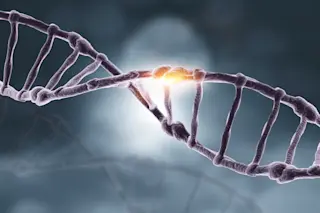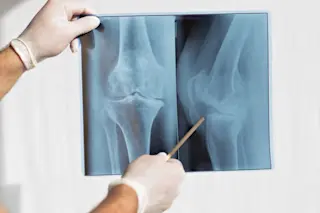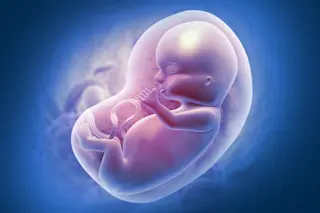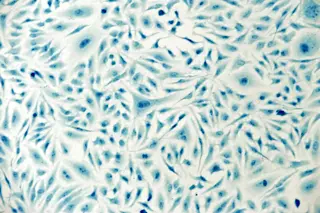In part, genes. Luke Jostins reported this from a conference last year, so not too surprising. Evidence of widespread selection on standing variation in Europe at height-associated SNPs. Let me jump to the summary:
In summary, we have provided an empirical example of widespread weak selection on standing variation. We observed genetic differences using multiple populations from across Europe, thereby showing that the adult height differences across populations of European descent are not due entirely to environmental differences but rather are, at least partly, genetic differences arising from selection. Height differences across populations of non-European ancestries may also be genetic in origin, but potential nongenetic factors, such as differences in timing of secular trends, mean that this inference would need to be directly tested with genetic data in additional populations. By aggregating evidence of directionally consistent intra-European frequency differences over many individual height-increasing alleles, none of which has a clear signal of selection on its own, we observed a combined signature of widespread weak selection. However, we were not able to determine whether this differential weak selection (either positive or negative) favored increased height in Northern Europe, decreased height in Southern Europe or both. One possibility is that sexual selection or assortative mating (sexual selection for partners in similar height percentiles) fueled the selective process. It is also possible that selection is not acting on height per se but on a phenotype closely correlated with height or a combination of phenotypes that includes height.
Two points of note. First, simulations suggested that the genetic architecture is unlikely to be due to drift alone. In other words, natural selection. Selection on quantitative traits isn't magic, there's a whole agricultural industry based around this phenomenon. For the purposes of understanding human evolution the key is that we are now moving beyond looking for traits which emerged due to novel mutations (e.g., lactase persistence), and now trying to understand how selection and drift may work on standing variation. For example, humans have become smaller in overall size, and also in cranial capacity, over the past 10,000 years. Second, they validated their findings using a sibling cohort. This is something I always look for when people make inter-population inferences. A number of population wide correlations don't pan out when you are looking within families. This matters in trying to understand causation.













